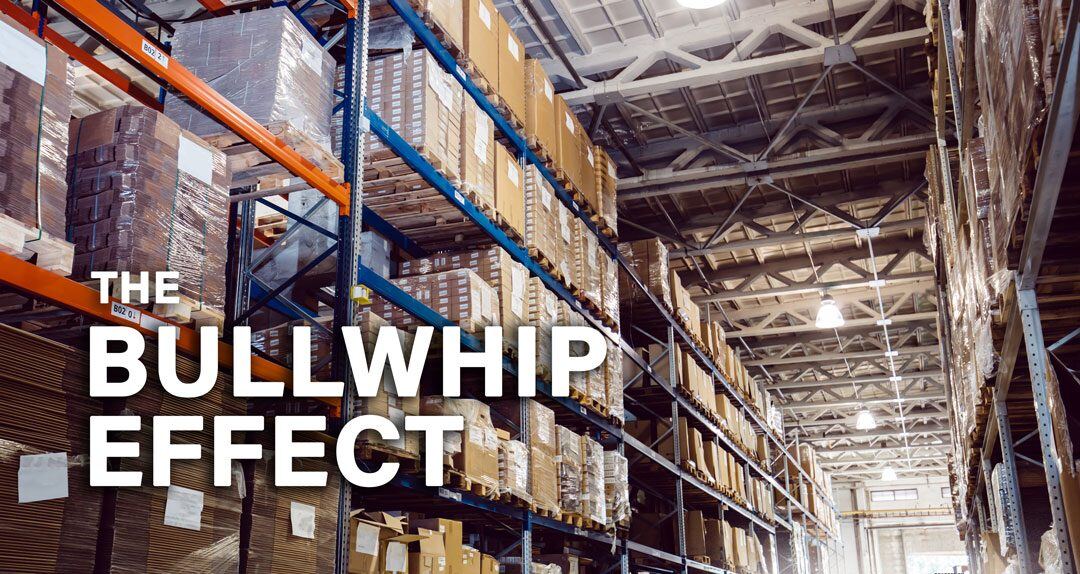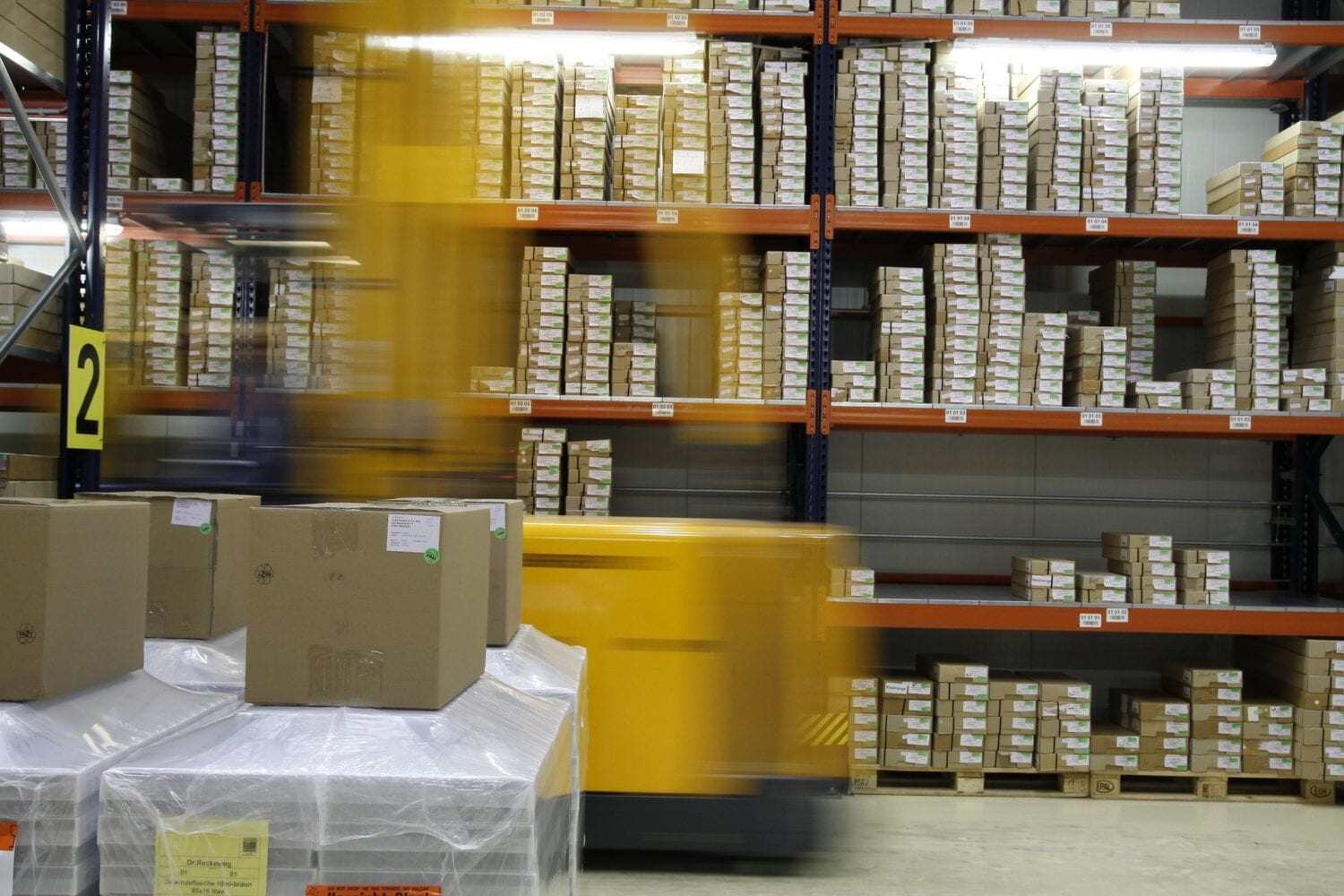
The Bullwhip Effect Explained in Simple Terms
Companies are constantly having to predict what customers are going to want to buy. Without a crystal ball, they must predict based on other factors such as industry trends, supply chain structure, and inventory. The Bullwhip Effect is a term used to describe when there is a disruption in this complex shipping process. Choosing a shipping partner that understands the Bullwhip Effect is important because it can happen even in the most stable of industries.
An example of the Bullwhip Effect in action…in March 2020 as the pandemic was really beginning, medical-equipment suppliers were inundated with orders for new equipment from hospitals and medical service facilities worldwide. Going on 15 months later, with production ramped up in anticipation of that order stream continuing, we witnessed inventory filling shelves at suppliers like Cardinal Health and financial reserves for inventory excess highlighting earnings reports.
Customodal works with your company on supply chain management, which involves customers, suppliers, manufacturers, salespeople, and more.
Dependencies that cause a bullwhip effect can include:
- Manufacturing delays
- Poor decisions made by Customer Service or Shipping
- Overreacting to apparent demand expectations (such as ordering too much product at once)
- Discounts or other price changes that disrupt regular buying patterns
- Inaccurately using history as a model for future purchases
Better communication throughout the supply chain is needed to reduce the Bullwhip Effect. When suppliers work to understand customer needs, they can work together to help reduce excessive inventory. Additionally, utilizing forecasting and visibility software tools can enable more accurate demand forecasts.
Coming back to the above example, medical facilities increased their demand for medical supplies. If a hospital typically kept x number of boxes of PPE, they maybe doubled that during the early days of the pandemic. This caused a domino effect throughout the supply chain. The distributor had to then order double their normal shipment from the manufacturer and the manufacturer had to increase production.
To ensure that no one ends up with too much or too little inventory, it would have been important for the hospitals to communicate to the distributors and manufacturers throughout this unusual situation. They would need to let them know how much PPE they needed and for how long they expected there to be an increase. Otherwise, someone is going to end up with way too much inventory.
Contact Customodal and learn what your exposure is to the Bullwhip Effect.



